 |
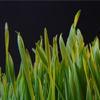 |
 |
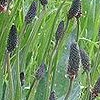 |
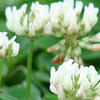 |
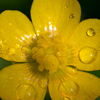 |
Small Flowered Catchfly |
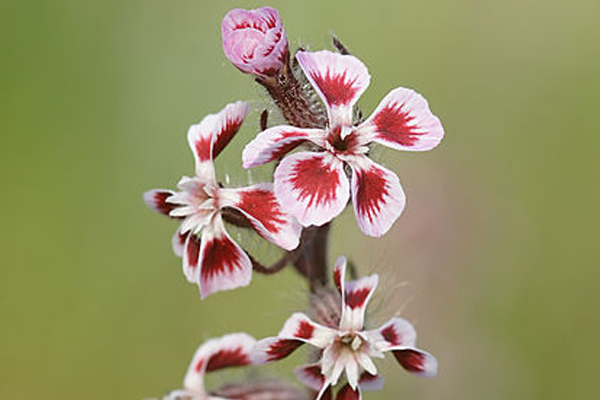 |
The small flowered catchfly is an endangered species, classified as facing a high likelihood of extinction in the wild. Once common throughout Britain, it can now only be found in some areas of Wales and southwest England. |
It would not be possible for us to study every 1M² of the field. This would take an extremely long time. We can get a fair estimate of the species the field contains by taking a few random samples. To take a truly random sample we use this method.
1. Measure out a grid on the area to be studied. We will sample a 5m x 5m area of field.
2. Place 5 balls in a bag numbered 1 to 5.
3. Select a ball from the bag. This will tell us how many Meters to move along the X axis.
4. Replace the ball in the bag.
5. Randomly select another ball, this will tell us how many meters to move along the Y axis.
6. Use this data as co-ordinates and find where the line intersects.
7. This is where you put the quadrat to collect the first sample.
8. Repeat the process to take additional samples.
9. The larger the sample taken the more reliable the data you collect will be.
 |
 |
 |
 |
 |
 |
Small Flowered Catchfly |
 |
The small flowered catchfly is an endangered species, classified as facing a high likelihood of extinction in the wild. Once common throughout Britain, it can now only be found in some areas of Wales and southwest England. |